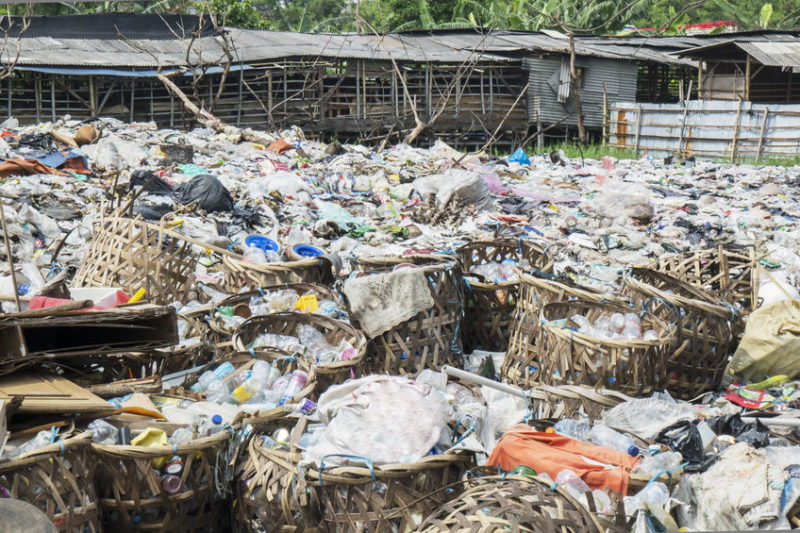 Different types of wastes create different kinds of health hazards that can pose a significant threat to both people and the environment. Waste materials can be classified in different forms of matter such as solid, liquid, gaseous, or radioactive. The term ‘waste’ is used to describe solid waste, hazardous waste, sewage, and electronic waste.
Different types of wastes create different kinds of health hazards that can pose a significant threat to both people and the environment. Waste materials can be classified in different forms of matter such as solid, liquid, gaseous, or radioactive. The term ‘waste’ is used to describe solid waste, hazardous waste, sewage, and electronic waste.
Every household and business owner need to manage their wastes properly by ensuring they are disposed of safely and efficiently. It encompasses both regulatory and legal framework that relates to activities that manage wastes from their inception to the final disposal. This article looks at the different methods of waste disposal and the way to handle both hazardous and non-hazardous wastes.
- Recycling
Recycling is the process of repurposing discarded items by converting them into new products to reduce the consumption of raw materials or prevent energy usage. It can either refer to the direct reuse of unwanted items such as old clothing and functioning parts extracted from used vehicles or the recovery of raw materials from waste such as the melting of scrap iron or using fragments to produce new glass.
Wastes that have been disposed of can also be transformed into lower-quality materials than the material used before. Some of the common items that can be recycled include plastic, aluminum, glass, and paper. Any material you put in a recycling bin can find a new purpose after it has been processed and transformed into a new or similar product.
- Sanitary Landfills
The landfills are one of the popularly used methods of disposing of daily waste or garbage. It focuses primarily on burying the waste deeper into the ground after eliminating unpleasant odors and dangers of wastes. Sanitary landfills have a protective lining beneath the waste to prevent any chemicals or hazardous wastes from leaking into groundwater. Most landfills use soil with low permeability to reduce the potential for leakage while others seal each layer of waste using hardening materials such as asphalt or cement. Most of these disposal sites are located in areas without high groundwater levels or a history of flooding as a precautionary measure against pollution.
- Composting
Composting refers to the natural process of breaking down organic wastes into nutrient-rich compost that can be used as fertilizers for garden plants. The organic materials are placed in a bin or compost pile for months where they are decomposed by microbes. This process is one of the most preferred methods of disposing of organic wastes as it preserves more nutrients compared to other disposal methods. However, it may take a lot of time for the organic materials to break down and requires a lot of space, which many households do not have.
- Waste to Energy
Another method of waste disposal is the conversion of non-recyclable materials to produce heat, fuel, or electricity. It has the potential of decreasing carbon emission because it reduces the need for fossil fuel. This disposal method provides a renewable source of energy because non-recyclable waste materials can be used repeatedly. For instance, natural gas is created from organic wastes through naturally occurring bacterial processes, which can be used to generate electricity.
- Combustion/Incineration
Combustion or incineration is a process where solid wastes are burned at very high temperatures to convert them into gaseous and residue products. The solid waste volume is reduced by 20 to 30 percent of the initial volume, which reduces the stress on landfills and decreases the space they take up when disposed of. This process can also be referred to as thermal treatment that involves the use of incinerators to convert solid waste materials into heat, steam, gas, and ash. Incineration is now trending as the popular method of waste disposal in countries where the space for landfills is no longer available.
- Plasma Gasification
This process uses ionized or electrically charged gases to convert carbon-based materials into energy. It is primarily used to dispose of hazardous wastes by converting incinerated chemicals or ash into a non-hazardous slag. Although it is still a new technology, the entire process is ecologically clean and converts both liquid and solid wastes into syngas. The lack of oxygen and high temperatures prevent the formation of toxic compounds such as Sulphur dioxide, furans, or dioxins.
The best way to manage wastes is to minimize the creation of waste materials by creating awareness about the adverse effects of wastes on human health and the environment. It is also important to separate wastes in specified containers so that they can be disposed of efficiently based on their nature. It is important to use proper waste disposal methods whether you are dealing with hazardous or non-hazardous wastes to ensure the safety of both people and the environment.

